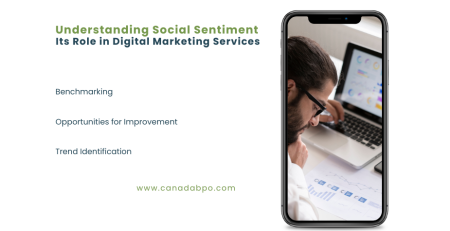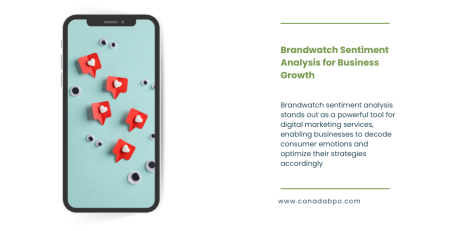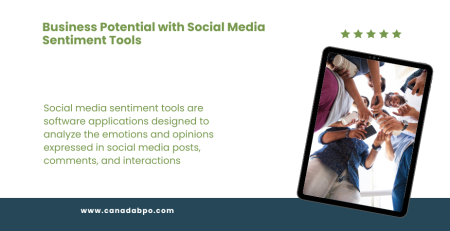One key element of building this presence is effective branding content. But what exactly is branding content, and why is it so important for your business? This blog post delves into the concept of branding content, its significance, and how you can leverage it to enhance your brand’s identity and reach.
What is Branding Content?
Branding content refers to any content created with the primary goal of establishing and reinforcing a brand’s identity, values, and message. Unlike traditional marketing content that focuses on promoting products or services directly, branding content aims to build a deeper connection with your audience by communicating what your brand stands for and what makes it unique.
Why Branding Content is Essential for Your Business:
- Building Brand Identity:
- Explanation: Branding content helps define and communicate your brand’s identity, including its values, mission, and vision. This creates a consistent image and message across all channels.
- Impact: A strong brand identity makes your business more recognizable and memorable, helping you stand out in a crowded marketplace.
- Creating Emotional Connections:
- Explanation: Effective branding content resonates with your audience on an emotional level, fostering a deeper connection with your brand. It’s about telling a story that aligns with your audience’s values and interests.
- Impact: Emotional connections lead to stronger brand loyalty and advocacy, as customers are more likely to support and recommend a brand they feel connected to.
- Differentiating from Competitors:
- Explanation: Branding content sets your business apart from competitors by highlighting what makes your brand unique. It showcases your distinct value proposition and strengths.
- Impact: Differentiation helps you attract and retain customers who are looking for something different from what your competitors offer.
- Enhancing Brand Consistency:
- Explanation: Consistent branding content across all platforms ensures that your message and image remain uniform, reinforcing your brand’s identity.
- Impact: Consistency builds trust and credibility with your audience, as they receive a clear and cohesive message about your brand.
- Supporting Brand Awareness and Recognition:
- Explanation: Branding content plays a key role in increasing brand awareness and recognition by consistently presenting your brand’s visual and verbal elements.
- Impact: Enhanced brand awareness leads to greater visibility and recall, making it easier for customers to remember and choose your brand.
Types of Branding Content:
- Brand Storytelling:
- Explanation: Crafting and sharing your brand’s story helps convey its history, values, and mission in a compelling way.
- Examples: Blog posts, videos, and social media content that narrate your brand’s journey and milestones.
- Visual Content:
- Explanation: Visual elements like logos, color schemes, and design patterns are crucial for creating a recognizable brand image.
- Examples: Infographics, branded graphics, and promotional materials that reflect your brand’s visual identity.
- Educational Content:
- Explanation: Providing valuable information related to your industry or expertise positions your brand as a thought leader and builds trust with your audience.
- Examples: Whitepapers, eBooks, and how-to guides that offer insights and solutions to your audience’s problems.
- User-Generated Content:
- Explanation: Encouraging customers to create and share content related to your brand can amplify your reach and enhance credibility.
- Examples: Customer reviews, testimonials, and social media posts that highlight positive experiences with your brand.
- Brand Campaigns:
- Explanation: Strategic campaigns designed to promote specific aspects of your brand or address particular goals can drive engagement and reinforce your brand message.
- Examples: Seasonal promotions, brand partnerships, and cause-related marketing efforts.
How to Develop Effective Branding Content:
- Define Your Brand’s Voice and Message:
- Explanation: Clearly articulate your brand’s voice, values, and key messages to ensure that all content reflects a unified tone and purpose.
- Action: Develop a brand style guide that outlines your brand’s voice, messaging, and visual elements.
- Understand Your Audience:
- Explanation: Research and analyze your target audience’s preferences, interests, and pain points to create content that resonates with them.
- Action: Use audience insights to tailor your branding content to address their needs and aspirations.
- Create High-Quality Content:
- Explanation: Invest in creating high-quality content that is engaging, informative, and visually appealing.
- Action: Focus on delivering value through well-crafted messages, professional visuals, and compelling storytelling.
- Maintain Consistency Across Channels:
- Explanation: Ensure that your branding content is consistent across all marketing channels, including your website, social media, and advertising.
- Action: Regularly review and update your content to align with your brand’s identity and objectives.
- Measure and Optimize:
- Explanation: Track the performance of your branding content to assess its effectiveness and make data-driven improvements.
- Action: Use analytics tools to measure engagement, reach, and audience feedback, and adjust your content strategy accordingly.
Branding content is a powerful tool for building and reinforcing your brand’s identity, creating emotional connections with your audience, and differentiating from competitors. By focusing on strategic content creation and maintaining consistency, you can enhance your brand’s presence and drive meaningful engagement.
Ready to elevate your brand with impactful branding content? Contact us today to learn how our expert team can help you craft and execute a branding strategy that resonates with your audience and achieves your business goals.










